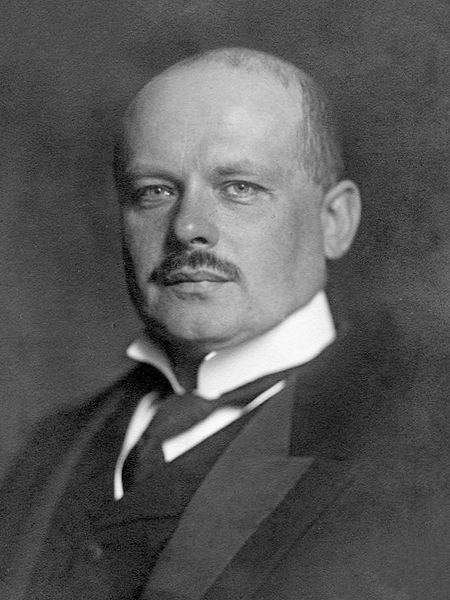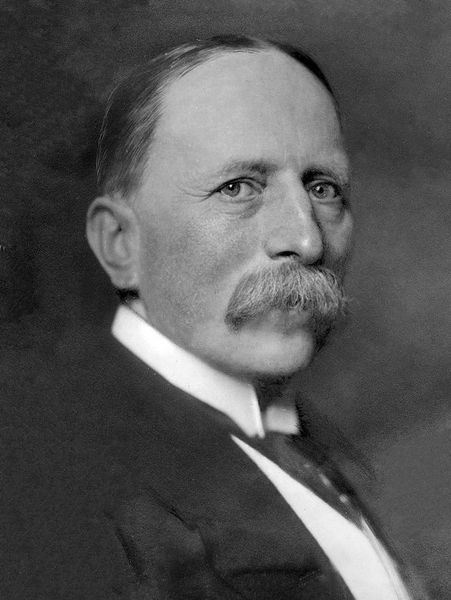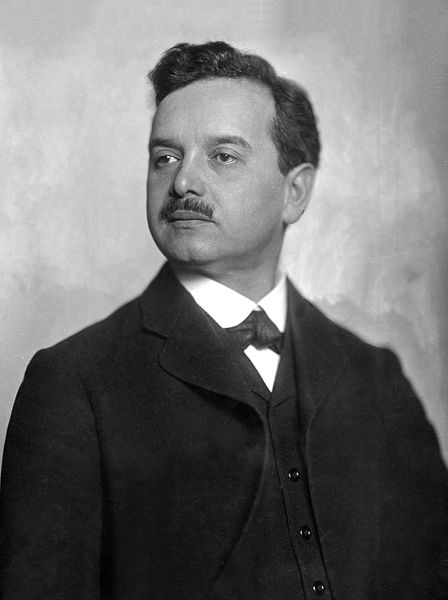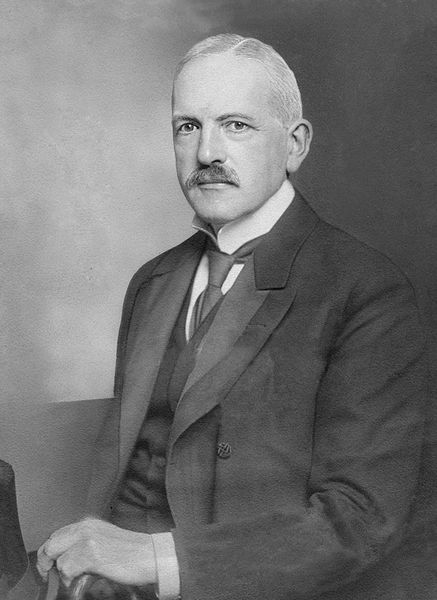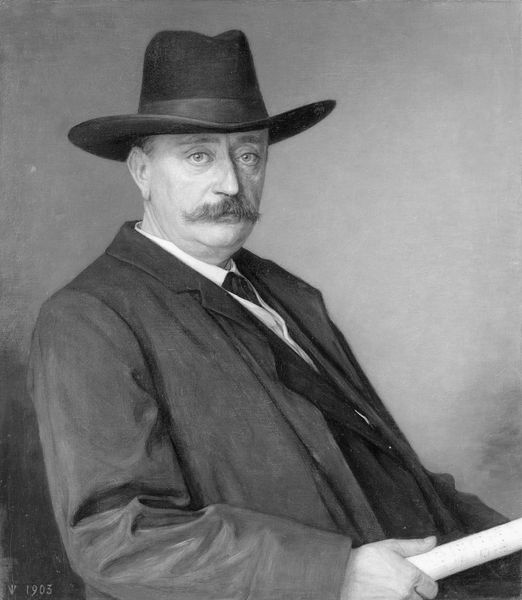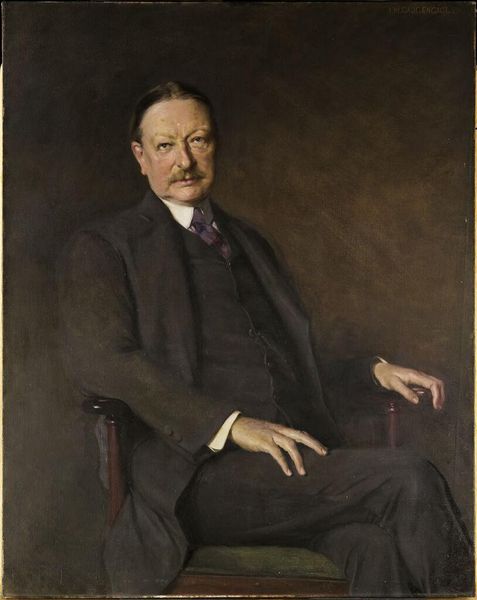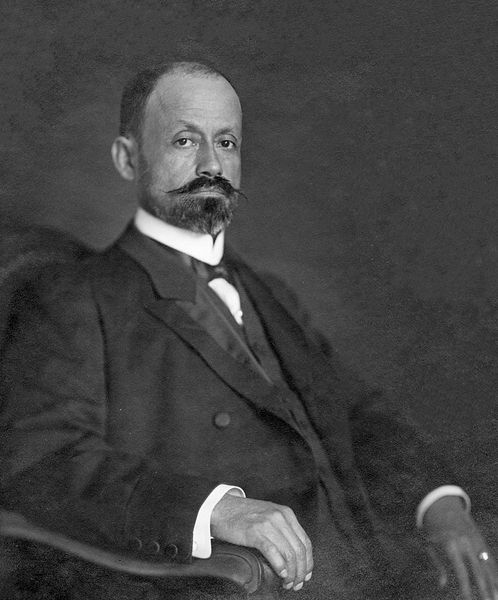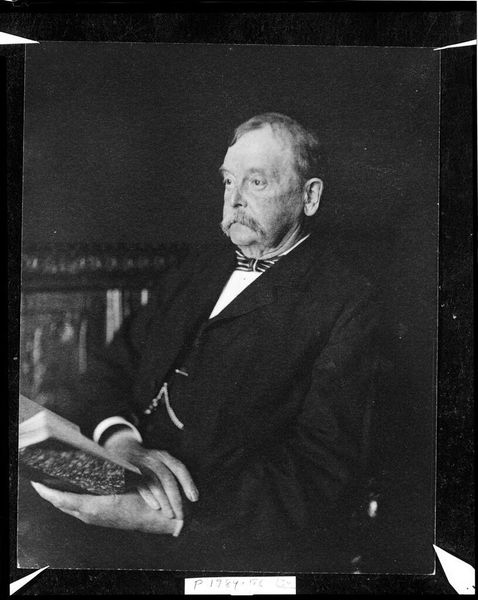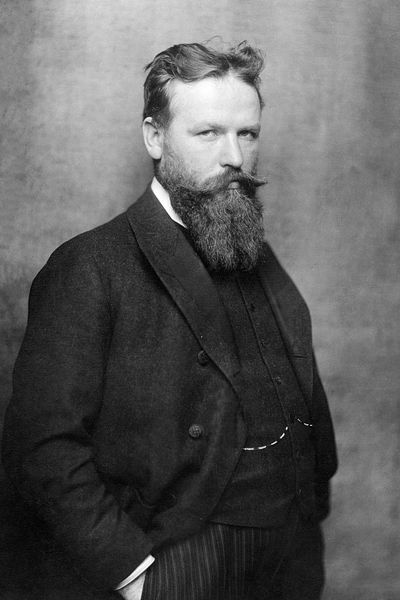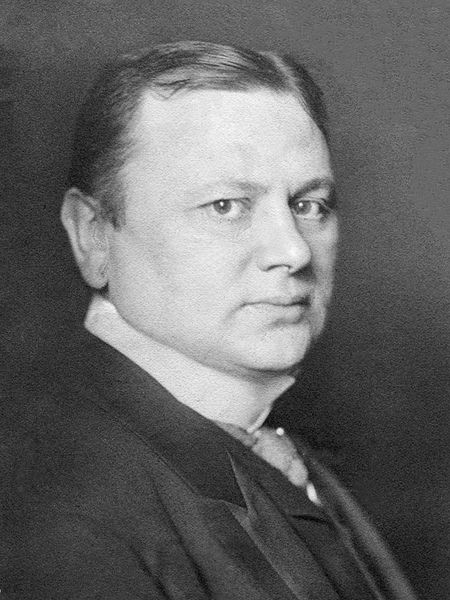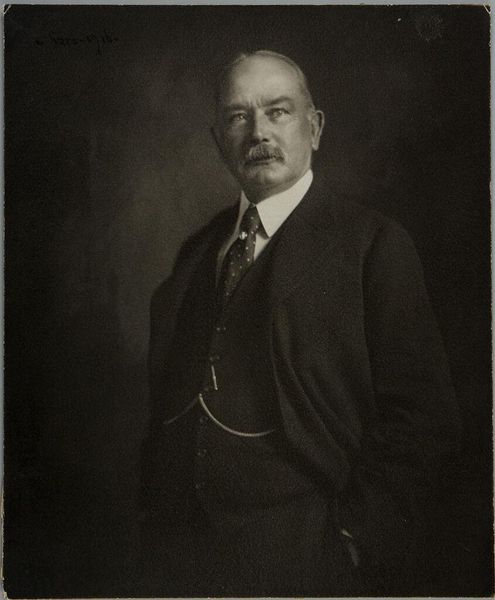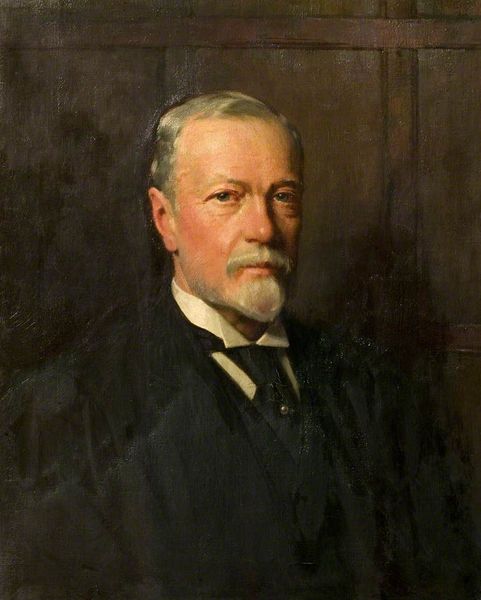
daguerreotype, photography
#
portrait
#
portrait
#
portrait subject
#
daguerreotype
#
photography
#
male portrait
#
portrait reference
#
realism
Copyright: Public domain
Editor: This daguerreotype, created in 1908 by Nicola Perscheid, depicts August Bier, a German pioneer in spinal anesthesia. The man looks directly at us with a rather serious expression. What can you tell me about how this piece fits into the artistic and historical context? Curator: Well, consider the state of photography at the time. Daguerreotypes were becoming less common as newer processes emerged. This choice likely speaks to an artistic preference for the supposed "authenticity" associated with earlier photographic forms, imbuing Bier with an air of established authority befitting a scientist. Editor: That's a very interesting point! Was this image potentially trying to reflect a kind of 'historical' weight on the importance of Bier's achievements, visually? Curator: Precisely! Images of scientists and other important people were essential tools to construct particular narratives of progress and legitimacy. Do you notice anything in particular about how he's presented that may support that claim? Editor: He's quite stoic and has a very stern look, and it makes him appear somewhat unapproachable, which to me does speak of his prominence. He is also in a simple suit, perhaps alluding to modesty of character, even though he looks successful? Curator: Yes, and consider how that sternness also may align with perceptions, then and maybe even now, about figures of authority and scientific "truth". Beyond just individual presentation, how did photographic portraits serve broader societal functions during this period? Editor: Right, because the wide availability and reproduction made images into propaganda, and photography allowed people from different classes access to artwork. I guess photography in this way democratized and shifted previous notions of Art? Curator: Exactly. So this image is not just a portrait; it’s a historical artifact reflecting evolving notions of science, power, and representation. Food for thought, right? Editor: Definitely! Thanks for illuminating all that is packed in this portrait.
Comments
No comments
Be the first to comment and join the conversation on the ultimate creative platform.
